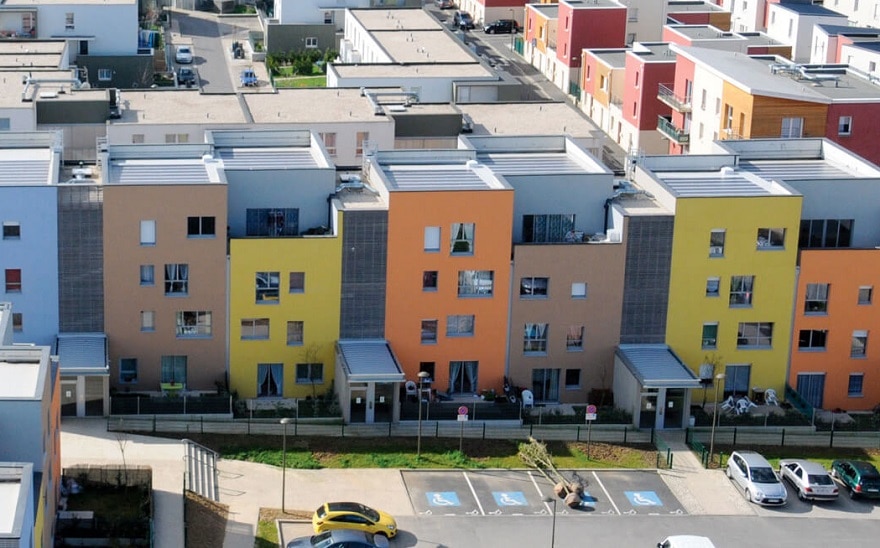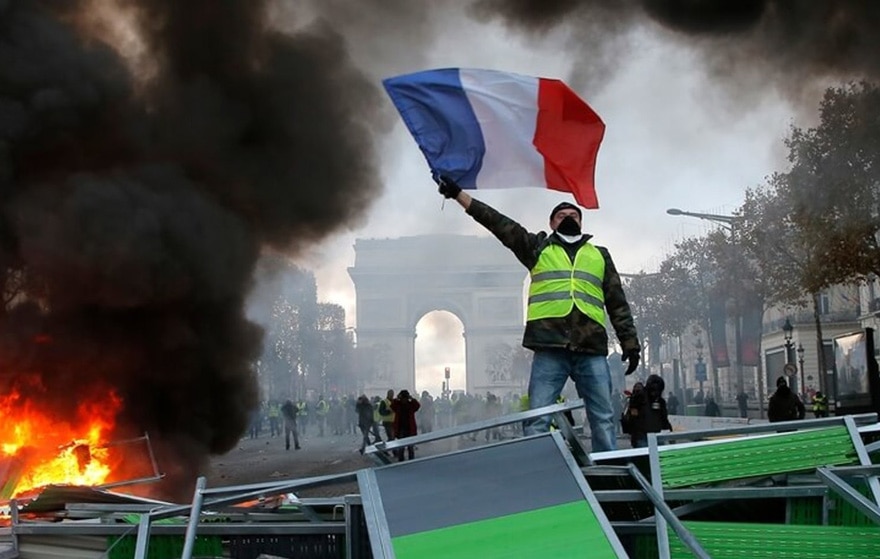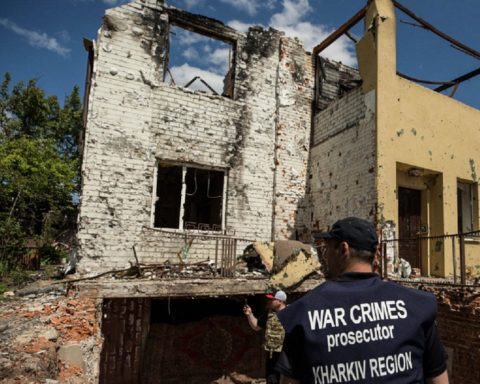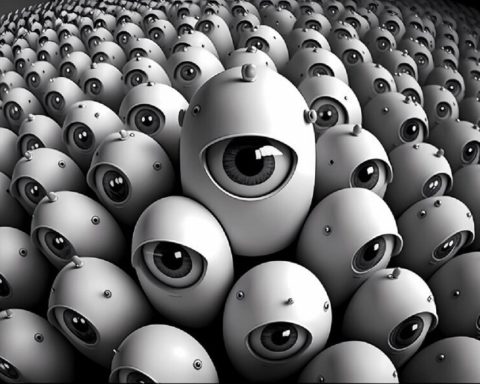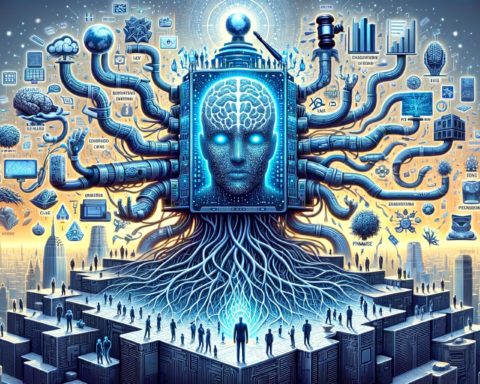What do thinkers think of this singularly eruptive symptom of changing times?
Accidents of globalization?
Reinventors of class struggle?
Referential disturbances
Complex object not analyzed

When the thought is destitute, you have to heal...

Anything to add? Say it as a comment.


